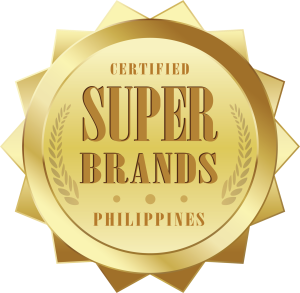A comprehensive view of public relations (PR) and its importance in modern branding and communication. Here’s a breakdown of key points and additional insights to enhance your understanding of how to project integrity and effectively leverage PR:
Projecting Integrity
- Authenticity Over Self-Promotion: Integrity in PR comes from a genuine representation of your brand. Instead of proclaiming your brand as the best or number one, focus on demonstrating how you meet the needs of your audience through your actions and messaging. Use case studies, customer testimonials, and real-world examples to illustrate your strengths.
- Third-Party Endorsements: Leveraging third-party endorsements, such as awards, certifications, or reviews from trusted sources, adds credibility to your claims. For instance, if an independent organization recognizes your brand as a “Superbrand,” it provides an objective validation of your reputation.
- Transparency: Being transparent about your processes, successes, and even challenges builds trust. Openly address any criticisms or issues and communicate how you are addressing them. This shows that you are honest and committed to continuous improvement.
PR vs. Traditional Advertising
- Influence and Trust: PR is often more influential than traditional advertising because it leverages earned media and endorsements rather than paid placements. Studies, like the one from Nielsen, highlight that consumers are more likely to trust PR messages than advertisements. This is especially true as trust in traditional advertising continues to decline.
- Long-Term Value: PR is not just about immediate results but also about building long-term relationships with your audience. While traditional advertising can drive short-term sales, PR efforts help build a sustainable brand reputation and loyalty over time.
Building a Strong PR Strategy
- Research and Understanding: Start with in-depth research. Understand your brand’s current position, audience perceptions, and media narrative. Use tools like media monitoring and analytics to gauge public sentiment and trends. Issues here can be disruptive due to prohibitive cost for surveys. Focus groups seem to be the norm, or is it?
- Assess Your Channels: Evaluate your website, social media, and other communication channels. Ensure they are user-friendly, engaging, and aligned with your brand’s voice and objectives. An effective online presence can enhance your PR efforts significantly.
- Know Your Audience: Go beyond basic demographics to understand your audience’s interests, values, and lifestyle aspirations. This allows you to tailor your PR messages and tactics to resonate more effectively. Psychographics should be more effective.
Choose the Right Tactics
- Press Releases: Use them to announce significant developments or achievements. They should be well-crafted and newsworthy to gain media attention.Online Articles & Guest Posts/
- Endorsements: Publish insightful content to establish thought leadership and drive traffic to your website.
- Media Outreach: Build and maintain relationships with journalists and media outlets to secure favorable coverage.
- Corporate Videos and Interviews: Use these to humanize your brand and provide an inside look at your company.
- Lean PR Approach: Test PR tactics on a smaller scale before fully rolling them out. This allows you to refine your approach based on initial feedback and optimize your strategy for better results.
Measuring PR Success
- Metrics and Analytics: Track key metrics such as engagement rates, website traffic, and social media interactions. This data helps you assess the reach and impact of your PR efforts.
- Brand Sentiment: Monitor how your brand is perceived in the media and among your audience. Positive mentions and endorsements can indicate successful PR efforts.
- Competitive Analysis: Compare your media presence and coverage to that of competitors to ensure you are achieving your desired level of visibility and influence.
- Flexibility: Be prepared to adapt your strategy based on the results and feedback you receive. PR is dynamic, and staying agile allows you to respond effectively to changing circumstances.
Content Strategy
- Content Creation: Focus on creating valuable, relevant, and engaging content. This could include thought leadership articles, case studies, and behind-the-scenes looks at your company.
- Avoid Over-Promotion: While advertising can promote your brand’s attributes, PR should focus on building relationships and credibility. Avoid aggressive self-promotion and instead, let your actions and achievements speak for themselves.
- Fact-Checking and Accuracy: Ensure that all information shared is accurate and well-researched. Misleading or inaccurate content can damage your brand’s credibility.
By integrating these principles into your PR strategy, you can build a more authentic and effective communication plan that resonates with your audience and projects genuine integrity.
DO YOU HAVE WHAT IT TAKES?
By: Superbrand Public Relations Institute/ SPRI


